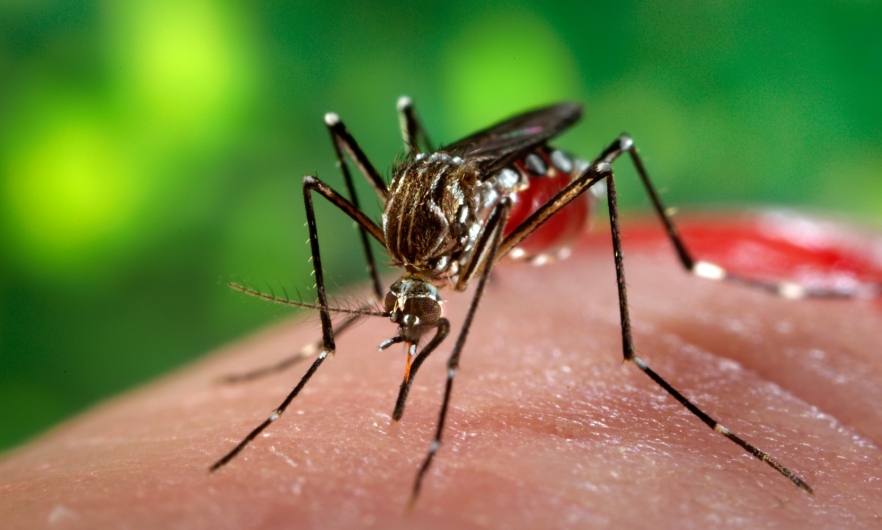Is Martinellis weapon of choice, dying?

 TWITTER, a favored tool and weapon of Panama’s outgoing President, Ricardo Martinelli, is not dead – but it has lost its radical ambition.
TWITTER, a favored tool and weapon of Panama’s outgoing President, Ricardo Martinelli, is not dead – but it has lost its radical ambition.
Once a network of equals – now it's dividing into a performing class and an audience writes Holden Frith in The Week
Broad generalisations about Twitter often miss the mark, not least because no two users experience it in the same way. What you see depends not only on whom you follow, but also on how you access it: phone or desktop, browser or app, Apple or Android
Nevertheless, a flurry of recent stories have heralded its demise, with varying degrees of triumph or regret. The Atlantic, went the furthest, claiming that “Twitter is entering its twilight” and printing an extended eulogy for the micro-blogging site.
The writers acknowledge the subjective nature of their argument, which almost certainly overstates the case. After all, the number of people using Twitter keeps growing and the revenue it generates has reached the quarter-billion dollar mark. But my own subjective take is that they are onto something: Twitter is changing, and not for the better.
Someone I follow recently noted that she now retweets others more often than she tweets herself. That struck a chord, and a quick review of my output over the past two months revealed that retweets outnumbered original tweets by more than two to one.
As I dug deeper into my timeline, I noticed another trend: when I do tweet, I get retweeted less than I used to. That may be because I’m less interesting than I was, but there is, thankfully, another possible explanation.
Although I have more followers than I used to, fewer of them seem to be truly engaged with Twitter, or with me.
Leaving aside the spambots and dead accounts, most of my followers fall into two groups: those working in media, PR or technology, and those with whom I have a personal connection.
While the professional users are just as active, a great many of the personal connections have fallen silent. Some may still be out there, listening and lurking, but they’re not tweeting (or retweeting) any more.
Nor, obviously, am I retweeting them, even though in the past I was much more likely to interact on Twitter with someone I knew in the real world. Now, a trawl through my timeline reveals that I retweet mostly people I’ve never met. And they tend to be people with significantly more followers than me, and therefore people who are already being retweeted by many others.
Also, I now rarely start or join Twitter conversations. I read, retweet and occasionally comment, but I don’t engage in back-and-forth discussion in the way I used to.
If my experience reflects a broader trend, the consequences for Twitter could be profound. It would signal a tendency for users to sort themselves into two camps: those who tweet, and those who retweet.
That too is no doubt an overly simplistic conclusion, but it chimes with The Atlantic’s lament that Twitter is “not the treehouse club it once was”.
In its early days Twitter was a network of equals in which celebrities and nonentities would speak without distinction. Now, it is dividing into a performing class and an audience. Influence and reach are consolidating in the hands of the few.
Like it or not, day by day Twitter looks less like a social network and more like the mainstream media it once seemed destined to dethrone.
Professor Anis Bey’s book Is There Life after Facebook? reviewed in Newsroom may need an add-on to the title, and what will all the Tweeters do with the time they save?





